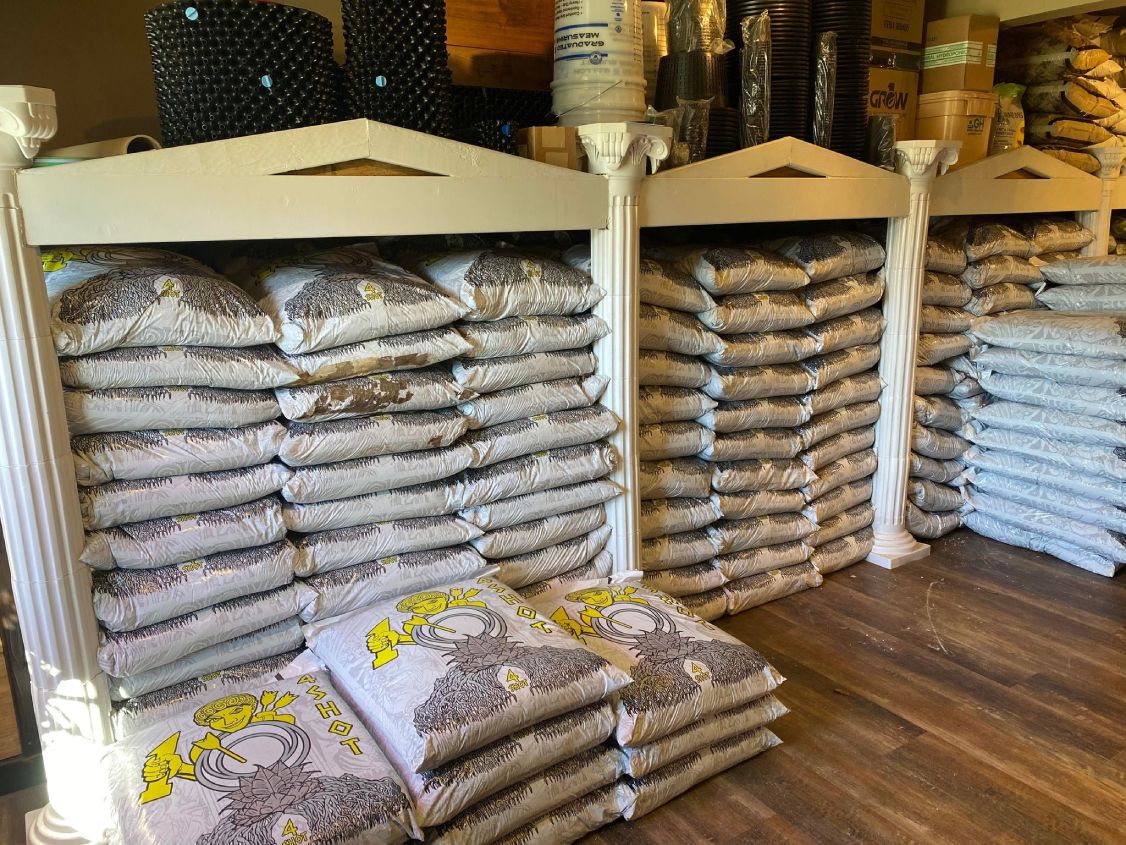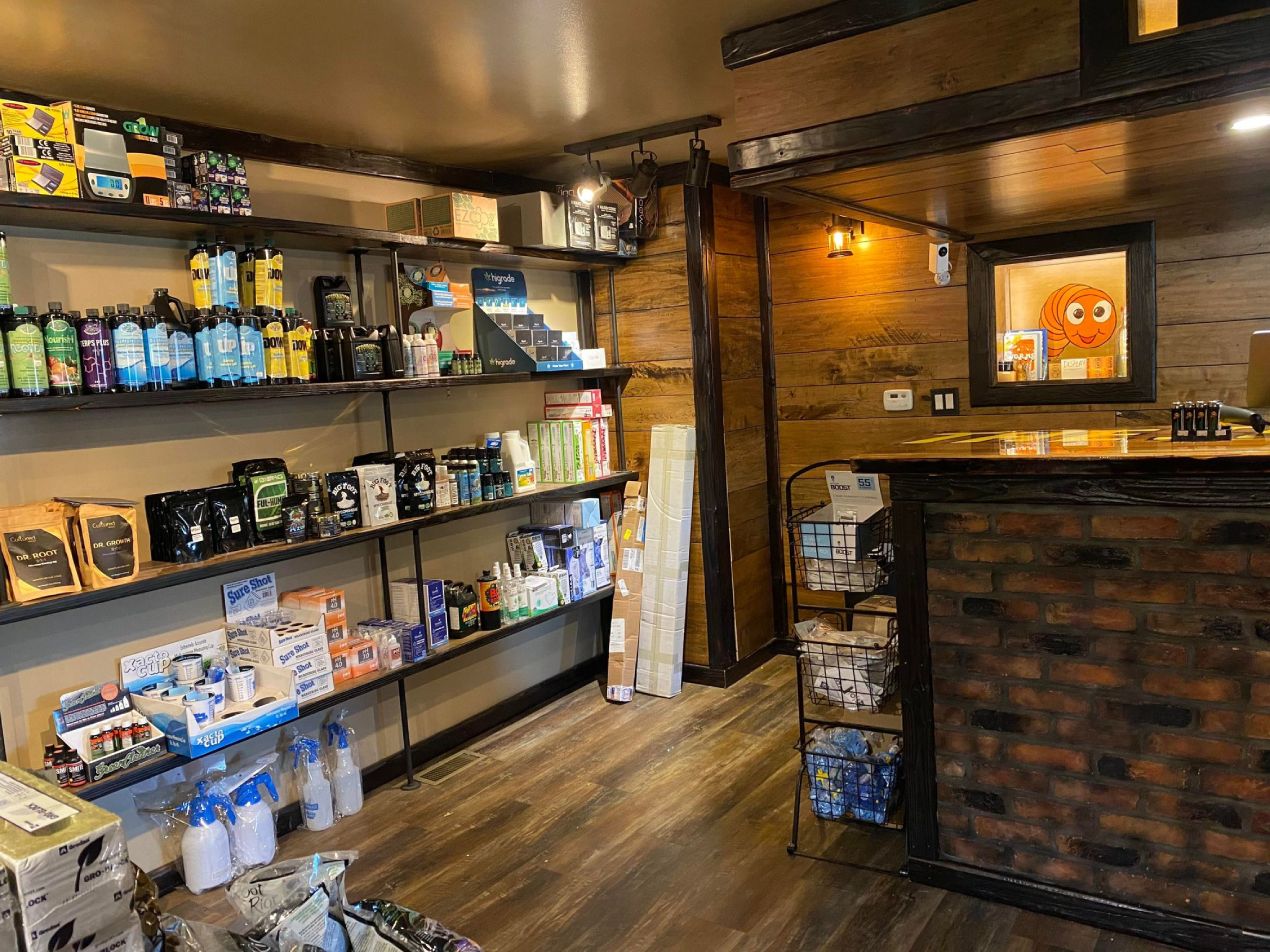Transform Your Garden with The Indoor Earthworm's Planting Strategy
Transform Your Garden with The Indoor Earthworm's Planting Strategy
Blog Article
Study the Globe of Hydroponics: Exploring Various Types
Within the realm of hydroponics exists a varied selection of cultivation methods that provide special benefits for expanding plants without dirt. As we start this exploration of different hydroponic systems, we will discover the details of techniques like the Nutrient Film Technique (NFT), Deep Water Culture (DWC), Wick System, Ebb and Flow (Flood and Drain), and Aeroponics. Each technique provides an unique technique to supporting plants in a soil-less atmosphere, promising development and performance in the realm of modern-day agriculture.

The Nutrient Movie Strategy (NFT)
The Nutrient Movie Method (NFT) is a hydroponic system that involves a continuous flow of nutrient remedy over plant origins in a slim movie to promote efficient nutrient uptake. This method makes use of a superficial stream of water that consists of dissolved nutrients, allowing the plant origins to have consistent accessibility to the essential aspects for growth - The Indoor Earthworm. The nutrient solution moves along all-time low of the channel, contacting the roots and after that draining away, supplying an extremely oxygenated atmosphere vital for origin health and wellness
Because the nutrient solution is recirculated, it requires much less water compared to typical soil-based gardening. Additionally, the controlled environment of the NFT system minimizes the risk of nutrient inequalities and conditions, leading to much healthier plants.
Deep Water Society (DWC)
Amongst the different hydroponic systems used for cultivating plants, Deep Water Culture (DWC) stands out for its simple yet reliable layout. In a DWC system, plants are put in web pots, allowing their roots to hang straight into a nutrient solution. This solution is oxygenated utilizing air pumps and air rocks to guarantee that origins receive an ample oxygen supply. The key to success in DWC is preserving the proper oxygen levels in the nutrient remedy to avoid origin rot and advertise healthy plant growth.
Furthermore, the straight access to oxygen and nutrients enables plants to uptake what they require more effectively, commonly resulting in faster growth rates and greater yields contrasted to standard soil farming techniques. Regulating water temperature and preventing algae development in the nutrient solution are critical considerations when implementing a DWC system.
Wick System
In hydroponic cultivation, the Wick System is a passive approach that allows plants to attract up nutrition solution with capillary action. The capillary activity of the wick enables the nutrient service to move from the storage tank to the growing tray, guaranteeing a constant supply of nutrients to the plants' origins. It may not be ideal for bigger plants or those with high nutrient requirements, as the easy nature of the system can lead to unequal nutrient circulation.
Ebb and Circulation (Flood and Drainpipe)
Checking Out the Ebb and Circulation (Flooding and Drain) system gives insight right into a dynamic hydroponic technique that rotates between flooding and draining pipes the plant roots with nutrient remedy. This system operates by occasionally flooding the plant containers with a nutrient solution from a tank and afterwards permitting the excess service to drain pipes back. The process is typically managed by a timer to ensure normal flooding cycles, providing the origins with oxygen as the service recedes.
Ebb and Circulation systems are functional and can accommodate different plant dimensions and kinds. The periodic flooding assists provide nutrients straight to the roots, enhancing nutrient uptake effectiveness.
This approach is preferred among hydroponic enthusiasts for its flexibility, performance, and simplicity to different plant needs. With proper monitoring and maintenance, the Ups and downs system can support robust plant growth in a controlled hydroponic atmosphere.
Aeroponics
Using a high-pressure misting system, Aeroponics is a sophisticated hydroponic approach that puts on hold plant origins in an oxygen-rich setting to advertise optimum nutrient absorption browse around here and strenuous development. Unlike various other hydroponic methods, which submerge roots in water or a nutrient service, Aeroponics delivers nutrients directly to the roots through a great haze. This haze is sprayed at routine intervals, ensuring that the roots receive a constant supply of water, oxygen, and nutrients.

Among the essential benefits of Aeroponics is its ability to make the most of nutrient uptake while minimizing water use. By delivering nutrients directly see here to the origins, plants can absorb them much more successfully, causing faster development rates and greater yields. Furthermore, the oxygen-rich environment produced by the misting system boosts root growth and helps stop origin diseases.
Aeroponics is specifically well-suited for growing leafed greens, herbs, and various other plants that thrive in aerated settings. The Indoor Earthworm. Its efficient use of sources and ability to promote fast development make it a popular option for hydroponic fanatics looking to achieve ideal outcomes
Final Thought
In final thought, hydroponics supplies an array of innovative techniques for growing plants without soil. From the nutrient film method to deep water society, each technique has its very own benefits and difficulties. By recognizing and making use of these numerous kinds of hydroponic systems, individuals can discover new opportunities for sustainable agriculture and maximize plant development in regulated environments.

Report this page